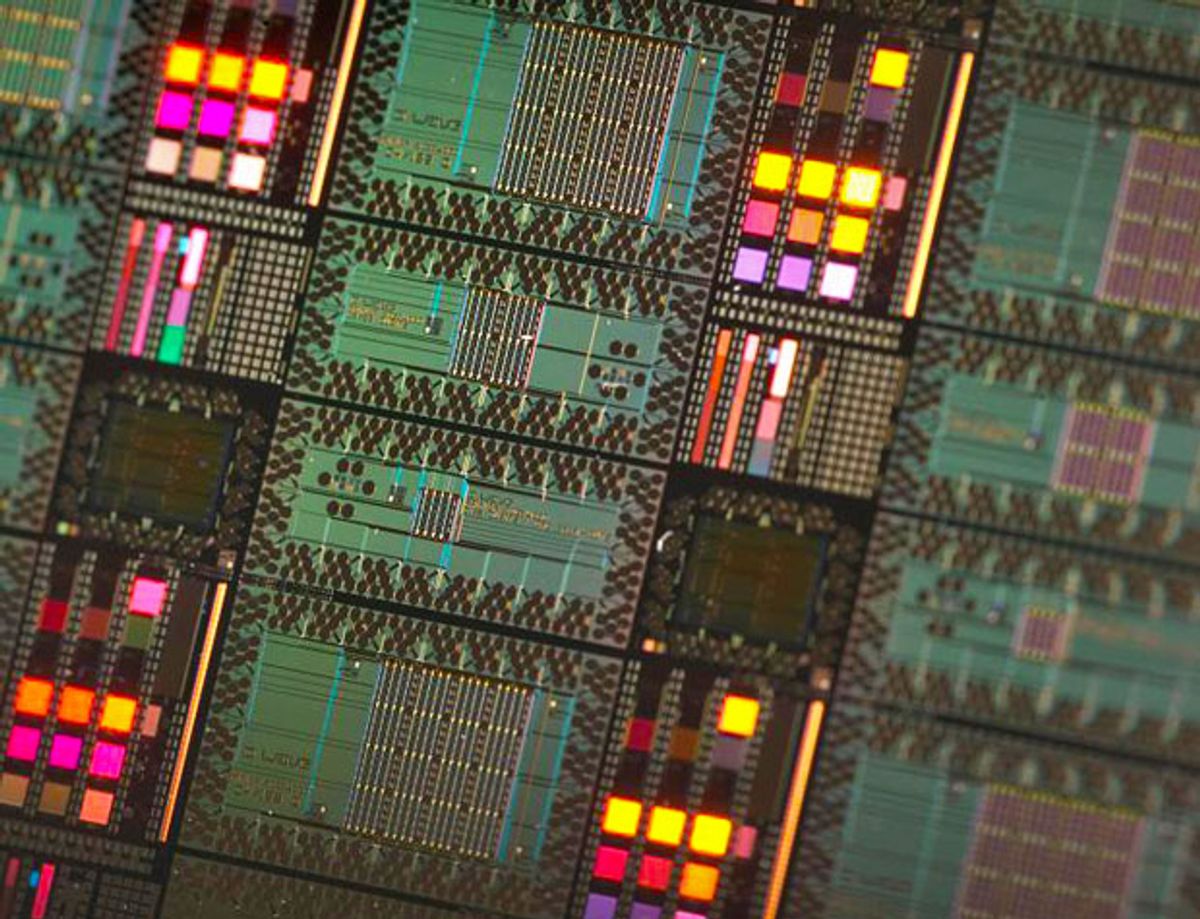A new version of D-Wave's supposed quantum computers could help NASA hunt for alien worlds or enhance Google's mammoth search engine before the end of the year. The U.S. space agency and Internet search giant have joined a growing list of high-profile customers using the latest D-Wave machine despite lingering skepticism from quantum computing experts.
The D-Wave Two computer—a 512-qubit machine—is scheduled to begin operations in a new Quantum Artificial Intelligence Lab founded by NASA, Google and the Universities Space Research Association (USRA) in within the next six months. Hartmut Neven, director of engineering at Google, describes the group's goals in a blog post.
We believe quantum computing may help solve some of the most challenging computer science problems, particularly in machine learning. Machine learning is all about building better models of the world to make more accurate predictions. If we want to cure diseases, we need better models of how they develop. If we want to create effective environmental policies, we need better models of what’s happening to our climate. And if we want to build a more useful search engine, we need to better understand spoken questions and what’s on the web so you get the best answer.
The new lab will "move these ideas from theory to practice" on D-Wave's "quantum hardware," Neven says. Installation of the D-Wave machine has already begun at NASA's Ames Research Center at Moffett Field, Calif., just minutes away from Google's headquarters in Mountain View.
This represents the latest boost for D-Wave, a Canadian company that claims to have built and sold the first commercial quantum computers in the world. Many academic labs have struggled to build quantum computers with just a few qubits, and so researchers have expressed doubt that D-Wave's machines can work as advertised with hundreds of qubits operating together. A number of prominent quantum computing experts voiced their skepticism to IEEE Spectrum just a few years ago.
But D-Wave has come a long way in winning over some former critics since that time. The company has given independent researchers access to its D-Wave machine in at least two separate cases that have led to favorable findings for the company's quantum computing and performance claims. And D-Wave earned further credibility when it made its first commercial sale, to Lockheed Martin, in 2011.
The new Quantum Artificial Intelligence lab also put the new D-Wave Two through rigorous testing before accepting the machine, according to a Google representative. One particular test asked the computer to solve certain optimization problems at least 10 000 times faster than classical computer solvers. In another case, the D-Wave machine set the highest scores on standard problems used in SAT competitions.
Google has previously used D-Wave hardware to tackle machine learning problems over the past several years. The company has already created quantum machine learning algorithms that represent compact, efficient pattern recognizers—useful for limited-power devices such as smartphones or tablets. Another quantum machine learning algorithm has proven excellent at tackling polluted training data where, for example, a high percentage of images in an online photo album are mislabeled.
For its part, NASA hopes the new D-Wave Two can help speed up the search for exoplanets orbiting distant stars, as well as support operations in mission control centers for future human or robotic space missions.
NASA and Google researchers won't have a monopoly over use of the D-Wave Two machine at the new lab. USRA aims to make the system available for use by the broader community of U.S. academic researchers—a step that might help D-Wave win over even more skeptics.
This latest news follows the purchase of a D-Wave Two machine by aerospace giant Lockheed Martin for a reported $10 million earlier this year, representing a significant vote of confidence in the company as well as an upgrade of the older D-Wave One machine it bought for roughly the same price.
Photo: D-Wave Systems
Jeremy Hsu has been working as a science and technology journalist in New York City since 2008. He has written on subjects as diverse as supercomputing and wearable electronics for IEEE Spectrum. When he’s not trying to wrap his head around the latest quantum computing news for Spectrum, he also contributes to a variety of publications such as Scientific American, Discover, Popular Science, and others. He is a graduate of New York University’s Science, Health & Environmental Reporting Program.




